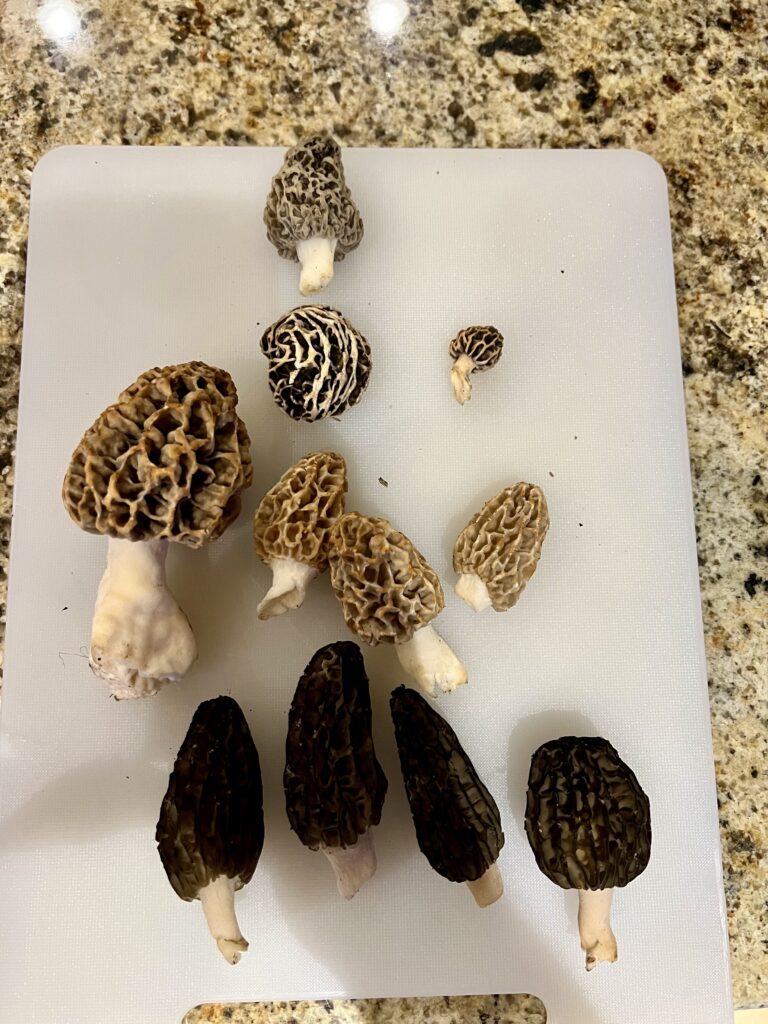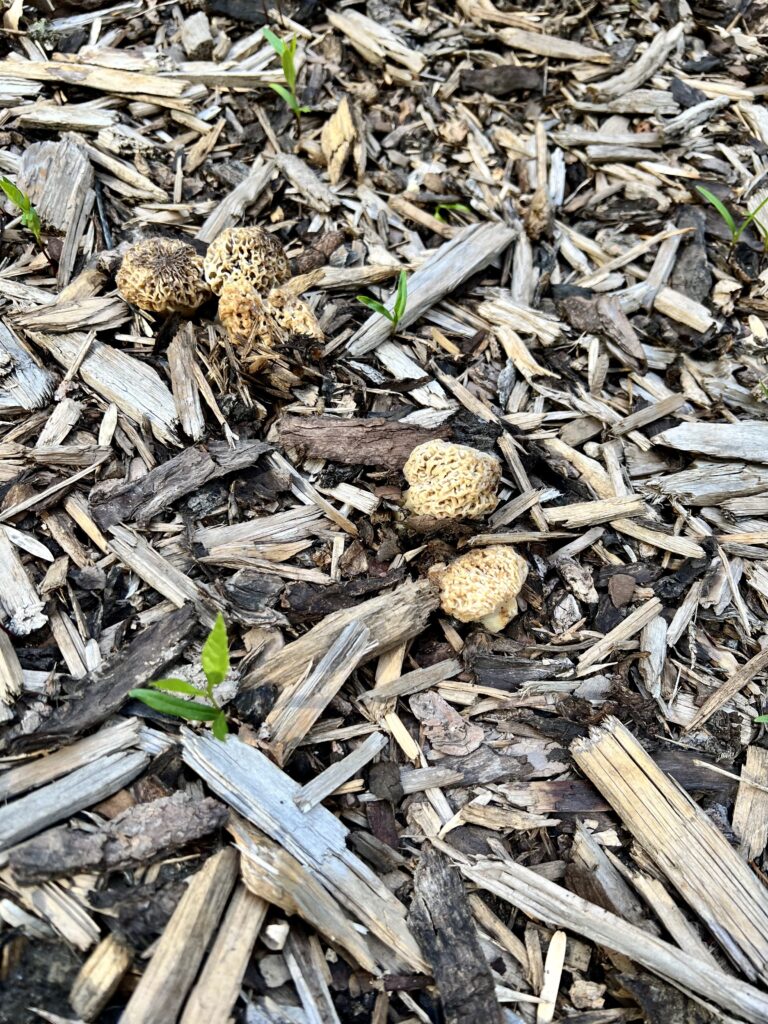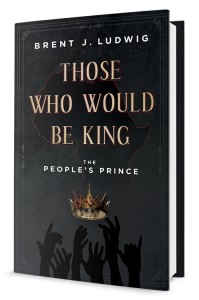The Morel Of The Story: A Mycologist’s Passionate Pursuit Of The Perfect Fungi
As many of you who know me personally already have figured out, I’m quite the nature buff. Being raised by prairie parents whose own folks tilled the land for food and planted extensive gardens, harvesting food from nature comes naturally to me, if you’ll pardon the pun. My kids get very annoyed with me when I’m dragging my butt too slowly through what I’m hopeful is a productive foraging area while on a hike; that said, they share my genuine enthusiasm when the prize(s) are found.
And today, I’m going to share my experiences surrounding finding one of the world’s most sought-after and highly prized mushrooms, the morel (Morchella).
In Search Of The Perfect Morel
Morels are broadly distributed throughout the forests of North America, Europe, and Asia. Over 100 different species have been classified, and you can often find many different species growing right next to each other. Morel season has just started in Calgary, Alberta, where I live.
The picture above shows at least three if not four, different species from my first hunt of the season! Altogether, I found about three-quarters of a pound, which, some years, could fetch as much as $60 at a local market.
But how do you identify and find this gourmet treat?
The Morel Is A Great Beginner Mushroom – At Least To Identify
Morels are among the simplest mushrooms on the planet to identify, with a uniquely “webbed” cap. They are also completely hollow inside, and their cap joins the stalk at its lowest point—it does not “fan out” in typical mushroom umbrella fashion. If you’ve found a mushroom that matches these three characteristics, you’ve found a morel!
Learning to identify these tasty treats is easy; now the hard part begins. They are not easy to find—at all!
I won’t ever forget the first time I discovered morels. My daughter Charlotte and I had gone on a “Morel Foray,” put on by the Alberta Mycological Society. We got up early on a Saturday morning and drove two hours out to Water Valley, a beautiful and wet area north and west of Calgary in the foothills of Canada’s Rocky Mountains.
The expert leaders showed us pictures of morels before we started and taught us how to identify them. We then all split up and began tromping through the woods, with instructions to meet back at our muster point in 90 minutes. Excitedly we combed through the woods braving the rain, ticks, and (potentially) hungry bears and wolves.
When we got to what looked like perfect morel-infested heaven terroir, there, in a nice bed of moss under a beautiful spruce tree, was…nothing. Nada. Zilch. The big goose egg. Figuratively, and darn near literally, as we could smell their presence, we were skunked. As was the entire crew on the foray.
Not a single delicious specimen was found in what was known to be productive morel terroir, with 30 sets of eyes, including those of mycological experts, was found.
My daughter and I drove back to Calgary quite disappointed, but happy to have learned about the mushroom and its habitat. But something one of the foray leaders had mentioned stuck in my head. They had described some terroir that sounded extremely familiar to me.
So, I grabbed my faithful hound, Kali the Ridgeback, hopped in my truck, and drove a short distance into Kananaskis Country, hoping that my hunch was correct. Was it ever!
The Best Morel Season Ever!
I hopped out of my truck and stumbled across a cluster of morels almost immediately. It still gives me tingles to think about it. I texted a picture of what I had found to one of the earlier foray leaders—just based on sight alone, she was able to confirm I had indeed found my prize!
Many people spend years looking for and sometimes never, ever finding a morel. That day, I found about a pound of the delectable mushroom. Over the next few weeks, returning every three days or so, I hauled out over 120 lbs. of morels from this one site. I’ve returned to this site every year, and although yields have never been close to that first wet and long spring, I find some every year.
Tips For Finding Morels
Here are my own tips for finding the elusive morel:
- Morels love forest fire burn sites. The year after a forest fire has gone through, get there.
- Ground soil temperatures must maintain 50F/10C. That’s when morels pop. If you’re not into testing soil temps to guess when they are going to fruit, take note of the foliage and flowering state of local vegetation when you first find them.
- Cover lots of ground! The more ground you cover, the more chances you have of stumbling across your first/next mushroom honey hole.
- When you find one, look for more. Morels and all mushrooms fruit from an underground network of connected mycelium. More can and should pop up where you find your first one. Check back often.
- Check your own flower beds. If you’ve used wood chips as part of your landscaping, these pieces of wood often are populated with mushroom spores, such that once the mycelium network is established, morels often pop. Don’t just grab any mushroom off landscaping you pass by, because you don’t know the source of the woodchips and/or whether the beds have been sprayed with herbicides. Last week I found morels (see photo) at the MacDougall Center in Calgary, right in the heart of downtown! I had to leave them, though, for the reasons above.
Good luck!!! Feel free to ping me with any mushroom mysteries you may need help deciphering. If I don’t know the answer, I can find somebody who does.
***
I look forward to sharing this journey with you. Let’s connect on Twitter, Facebook, LinkedIn, or Instagram; or my newsletter here.
Those Who Would Be King: The People’s Prince is available to order now on Amazon and Barnes And Noble!
More options to come.


